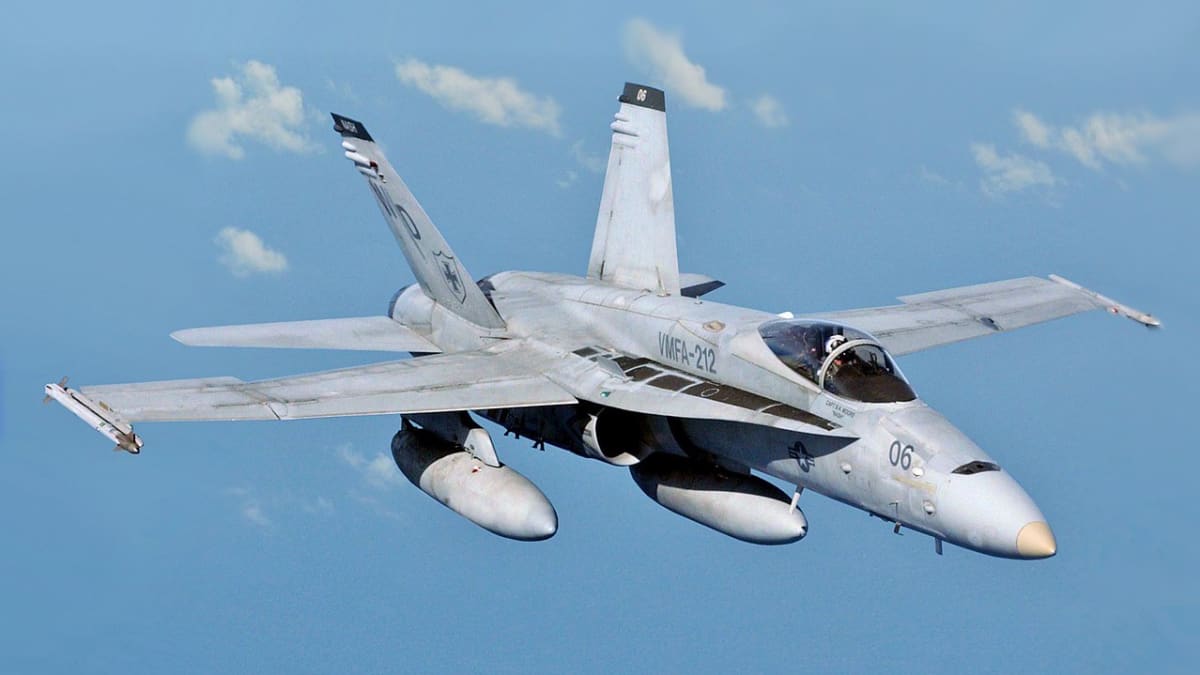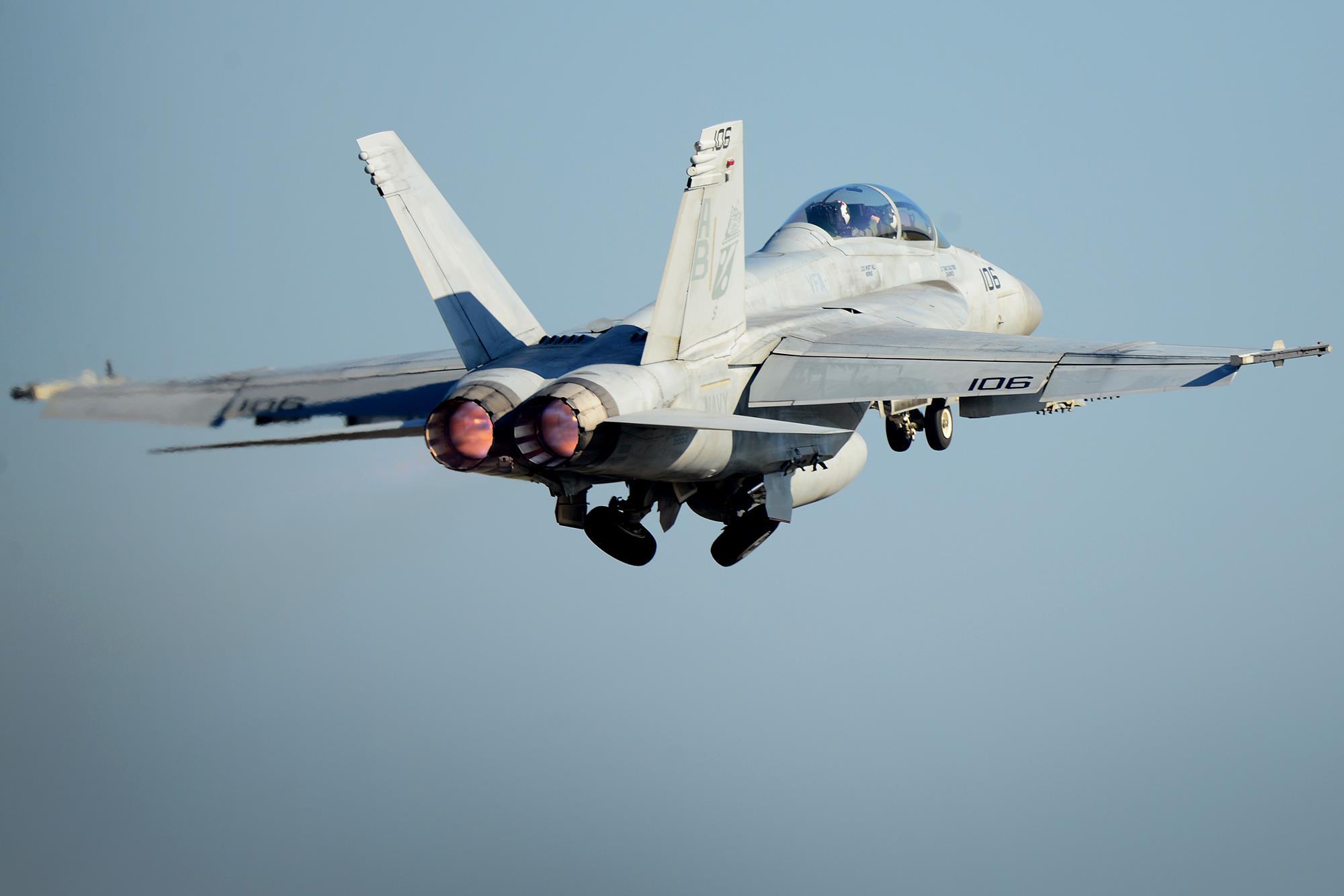In the high-stakes world of modern air defense, two nations—Finland and Belgium—stand out with their formidable air forces, symbolized by the iconic F/A-18 Hornet and F-16 Fighting Falcon fighter jets. These aircraft, known for their agility, firepower, and versatility, play a crucial role in maintaining the sovereignty and security of their respective nations. As geopolitical tensions simmer in Europe, the Hornets of Finland and the Fighting Falcons of Belgium have become vital guardians of the continent’s skies.

Finland’s Hornets: Defending the Northern Front
Finland, a country known for its vast forests and icy landscapes, has long been aware of the need to defend its borders, particularly given its proximity to Russia. The Finnish Air Force operates the McDonnell Douglas F/A-18 Hornet, a multi-role fighter that has become the backbone of Finland’s aerial defense. The Hornet, with its twin-engine power, advanced radar systems, and robust armament, is well-suited for the challenging conditions of the Finnish theater.
Since its introduction into the Finnish Air Force in the 1990s, the Hornet has been continuously upgraded to meet modern threats. These enhancements have included the integration of advanced weapons systems, electronic warfare capabilities, and improved avionics, ensuring that the Finnish Hornets remain at the cutting edge of air combat. With a primary focus on air superiority and ground attack missions, the Hornets are a crucial deterrent against potential aggressors, providing Finland with a formidable shield.
In recent years, Finland has also participated in various NATO exercises, despite not being a NATO member, showcasing the Hornets’ capabilities alongside allied forces. This cooperation has strengthened Finland’s defense ties with Western countries and demonstrated the Hornets’ role in safeguarding European airspace.

Belgium’s Fighting Falcons: A Legacy of Strength
Belgium, a founding member of NATO, has a long history of contributing to collective European defense. Central to this effort is the Belgian Air Component’s fleet of F-16 Fighting Falcons. Introduced in the 1970s, the F-16 quickly became one of the most successful fighter jets in the world, known for its agility, speed, and versatility. The Belgian Air Force was one of the first European operators of the F-16, and it has since played a pivotal role in NATO’s air defense strategy.
The Belgian F-16s are not just relics of the Cold War; they have been consistently upgraded to meet the demands of modern warfare. Equipped with advanced radar, precision-guided munitions, and enhanced electronic warfare systems, the Belgian Fighting Falcons are capable of performing a wide range of missions, from air superiority to close air support and reconnaissance. Over the decades, these jets have been deployed in numerous NATO operations, including in the Balkans, Afghanistan, and Libya, where they have proven their worth in both offensive and defensive roles.
Belgium’s F-16s are also known for their participation in NATO’s Baltic Air Policing mission, where they help protect the airspace of the Baltic states against potential incursions. This mission highlights the importance of the Fighting Falcons in maintaining the security of Europe’s eastern borders, a role that has become increasingly vital given the current geopolitical climate.
![DVIDS - Images - Airmen Conduct Refueling Operation with F/A-18 Super Hornets at RIMPAC 2022 [Image 5 of 5]](https://d1ldvf68ux039x.cloudfront.net/thumbs/photos/2207/7341240/1000w_q95.jpg)
The Future of Finnish and Belgian Air Power
As the world of military aviation continues to evolve, both Finland and Belgium are looking toward the future. Finland has decided to replace its aging Hornets with the Lockheed Martin F-35 Lightning II, a fifth-generation stealth fighter that will enhance its air defense capabilities. This transition marks a significant upgrade in technology, ensuring that Finland remains well-equipped to defend its skies in the coming decades.
Belgium, too, is transitioning to the F-35, with plans to gradually phase out its F-16s. The F-35 will bring advanced stealth, sensor fusion, and networked warfare capabilities to the Belgian Air Component, reinforcing its role as a key player in NATO’s integrated air defense system.

A United Front in the Sky
As Finland and Belgium prepare for the next generation of aerial warfare, their current fleets of Hornets and Fighting Falcons continue to serve as vital pillars of European security. These aircraft symbolize not just national defense, but also the broader commitment of these nations to maintaining peace and stability in a complex and ever-changing world. Whether patrolling the frigid skies of the north or securing NATO’s borders in the east, the Hornets and Fighting Falcons of Finland and Belgium remain steadfast defenders of freedom and sovereignty in Europe.





